McKinsey Technology Trends Outlook 2024

Which technology trends matter most for companies in 2024? New analysis by the McKinsey Technology Council highlights the adoption, development, and industry effects of advanced technologies.
Despite challenging overall market conditions in 2023, continuing investments in frontier technologies promise substantial future growth in enterprise adoption. Generative AI (gen AI) has been a standout trend since 2022, with the extraordinary uptick in interest and investment in this technology unlocking innovative possibilities across interconnected trends such as robotics and immersive reality. While the macroeconomic environment with elevated interest rates has affected equity capital investment and hiring, underlying indicators—including optimism, innovation, and longer-term talent needs—reflect a positive long-term trajectory in the 15 technology trends we analyzed.
What’s new in this year’s analysis
These are among the findings in the latest McKinsey Technology Trends Outlook, in which the McKinsey Technology Council identified the most significant technology trends unfolding today. This research is intended to help executives plan ahead by developing an understanding of potential use cases, sources of value, adoption drivers, and the critical skills needed to bring these opportunities to fruition.
Our analysis examines quantitative measures of interest, innovation, investment, and talent to gauge the momentum of each trend. Recognizing the long-term nature and interdependence of these trends, we also delve into the underlying technologies, uncertainties, and questions surrounding each trend.
New and notable
The two trends that stood out in 2023 were gen AI and electrification and renewables. Gen AI has seen a spike of almost 700 percent in Google searches from 2022 to 2023, along with a notable jump in job postings and investments. The pace of technology innovation has been remarkable. Over the course of 2023 and 2024, the size of the prompts that large language models (LLMs) can process, known as “context windows,” spiked from 100,000 to two million tokens. This is roughly the difference between adding one research paper to a model prompt and adding about 20 novels to it. And the modalities that gen AI can process have continued to increase, from text summarization and image generation to advanced capabilities in video, images, audio, and text. This has catalyzed a surge in investments and innovation aimed at advancing more powerful and efficient computing systems. The large foundation models that power generative AI, such as LLMs, are being integrated into various enterprise software tools and are also being employed for diverse purposes such as powering customer-facing chatbots, generating ad campaigns, accelerating drug discovery, and more. We expect this expansion to continue, pushing the boundaries of AI capabilities. Senior leaders’ awareness of gen AI innovation has increased interest, investment, and innovation in AI technologies, such as robotics, which is a new addition to our trends analysis this year. Advancements in AI are ushering in a new era of more capable robots, spurring greater innovation and a wider range of deployments.
The 15 tech trends
This report lays out considerations for all 15 technology trends. For easier consideration of related trends, we grouped them into five broader categories: the AI revolution, building the digital future, compute and connectivity frontiers, cutting-edge engineering, and a sustainable world. Of course, there’s significant power and potential in looking across these groupings when considering trend combinations.
The AI revolution
-
Generative AI
Generative AI describes algorithms (such as ChatGPT) that take unstructured data as input (for example, natural language and images) to create new content, including audio, code, images, text, simulations, and videos. It can automate, augment, and accelerate work by tapping into unstructured mixed-modality data sets to generate new content in various forms.
$36 billion equity investment,2023
+111% job postings difference,2022–23
-
Applied AI
Applied AI technologies and techniques use models trained through machine learning to solve classification, prediction, and control problems in order to automate activities, add or augment capabilities and offerings, and improve decision making.
$86 billion equity investment,2023
–29% job postings difference,2022–23
-
Industrializing machine learning
The industrializing machine learning trend encapsulates a rapidly evolving ecosystem of software and hardware solutions that enable the acceleration and derisking of the development, deployment, and maintenance of machine learning solutions.
$3 billion equity investment,2023
–36% job postings difference,2022–23
Building the digital future
-
Next-generation software development
Next-generation software development includes tools and technologies that enable modern code deployment pipelines and automated code generation, testing, refactoring, and translation. These can improve application quality and development processes.
$17 billion equity investment,2023
–37% job postings difference,2022–23
-
Digital trust and cybersecurity
The digital trust and cybersecurity trend encompasses the technologies behind trust architectures and digital identity, cybersecurity, and Web3. These technologies enable organizations to build, scale, and maintain the trust of stakeholders.
$34 billion equity investment,2023
–34% job postings difference,2022–23
Compute and connectivity frontiers
-
Advanced connectivity
Advanced connectivity covers wireless low-power networks, 5G and 6G cellular, Wi-Fi 6 and 7, low-Earth-orbit satellites, and other telecommunications technologies.
$29 billion equity investment,2023
–24% job postings difference,2022–23
-
Immersive-reality technologies
Immersive-reality technologies enable real-time interactions in three-dimensional virtual worlds (that could incorporate the actual physical world). A virtual world can range from a fully computer-generated space in virtual reality (VR), to mixed reality (MR), all the way to augmented reality (AR), where computer-generated objects are superimposed on the real world. These technologies leverage spatial computing to interpret physical space (for example, by leveraging sensors and cameras such as in a VR headset to recognize gestures) and simulate the addition of data, objects, and people to the virtual world.
$6 billion equity investment,2023
–36% job postings difference,2022–23
-
Cloud and edge computing
Cloud and edge computing refers to workloads that are distributed across locations, such as hyperscale remote data centers, regional centers, and local nodes, to optimize for latency, data-transfer costs, adherence to data sovereignty regulations, autonomy over data, security considerations, etcetera.
$54 billion equity investment,2023
–38% job postings difference,2022–23
-
Quantum technologies
Quantum-based technologies make use of the unique properties of quantum mechanics to execute certain complex calculations exponentially faster than classical computers, secure communication networks, and produce sensors with higher sensitivity levels than their classical counterparts.
$1 billion equity investment,2023
–17% job postings difference,202
Cutting-edge engineering
-
Future of robotics
The future of robotics covers the advancement of robots from handling fixed-purpose and preprogrammed tasks to being capable of adapting to new, real-life inputs with increasing degrees of autonomy and dexterity.
$6 billion equity investment,2023
–20% job postings difference,2022–2
-
Future of mobility
Mobility technologies cover autonomous and electric vehicles, urban air mobility, and autonomous-driving, connectivity, electrification, and shared-mobility (ACES) technologies, with the aim to improve the efficiency and sustainability of land and air transportation.
$83 billion equity investment,2023
–5% job postings difference,2022–
-
Future of bioengineering
Bioengineering is the application of engineering principles to biology, utilizing technological advancements to improve health and human performance, transform food value chains, and create innovative offerings.
$62 billion equity investment,2023
–23% job postings difference,2022–
-
Future of space technologies
Space technologies cover satellites, launchers, and habitation technologies that enable innovative space operations and services.
$9 billion equity investment,2023
–9% job postings difference,2022–
A sustainable world
-
Electrification and renewables
The electrification and renewables trend encompasses the entire energy production, storage, and distribution value chain. Technologies include renewable sources, such as solar and wind power; clean firm-energy sources, such as nuclear and hydrogen, sustainable fuels, and bioenergy; and energy storage and distribution solutions such as long-duration battery systems and smart grids.
$183 billion equity investment,2023
+1% job postings difference,2022–
-
Climate technologies beyond electrification and renewables
Climate technologies (beyond electrification and renewables) center on solutions that mitigate the negative effects of resource consumption on the climate, either by removing CO2 from the atmosphere or by producing existing materials and inputs with lower carbon equivalents.
$68 billion equity investment,2023
–11% job postings difference,2022


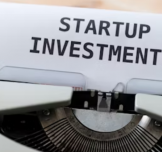
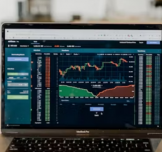

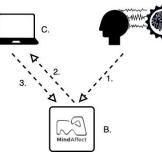

































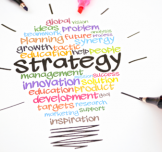


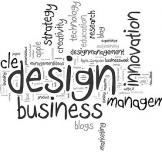













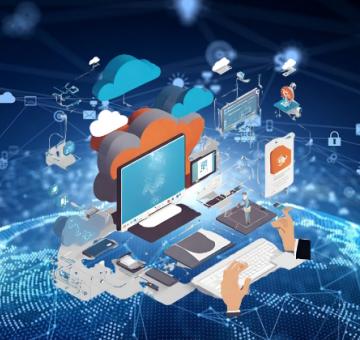


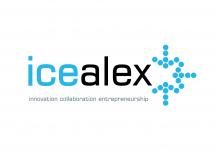




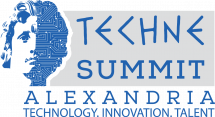




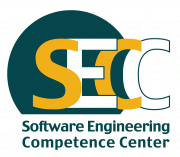
EgyptInnovate site is not responsible for the content of the comments